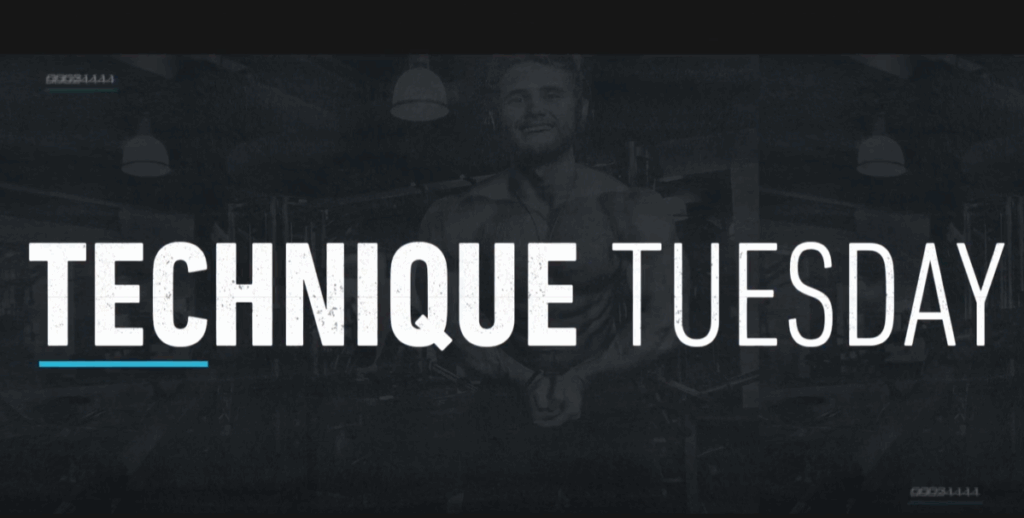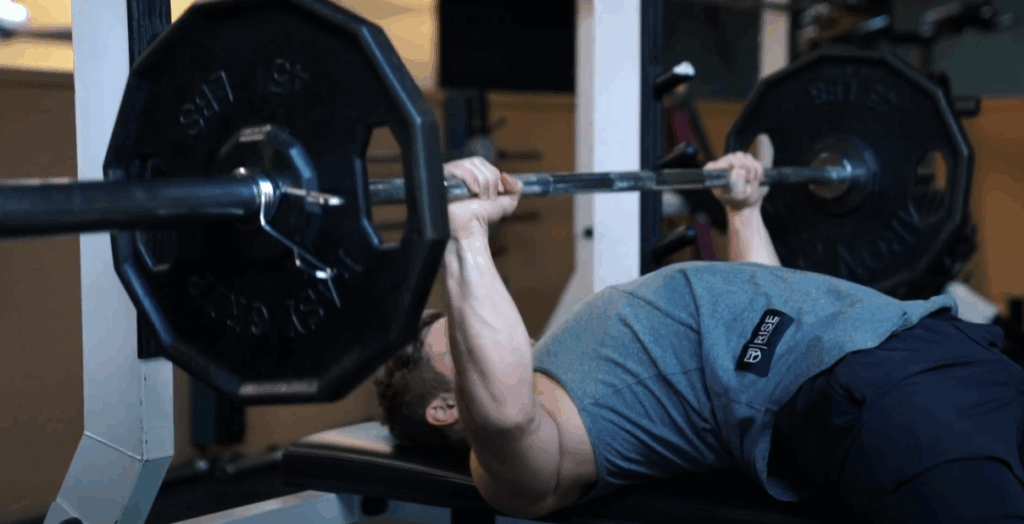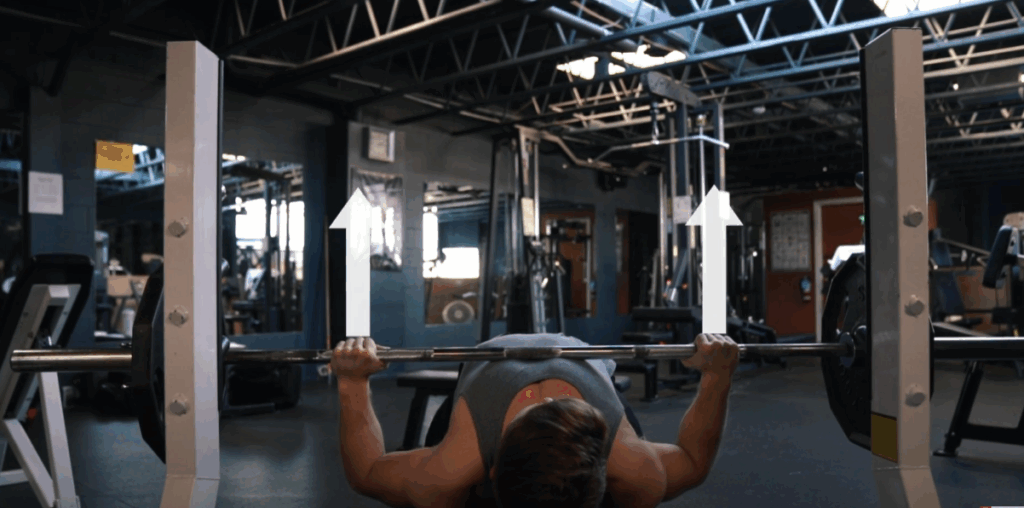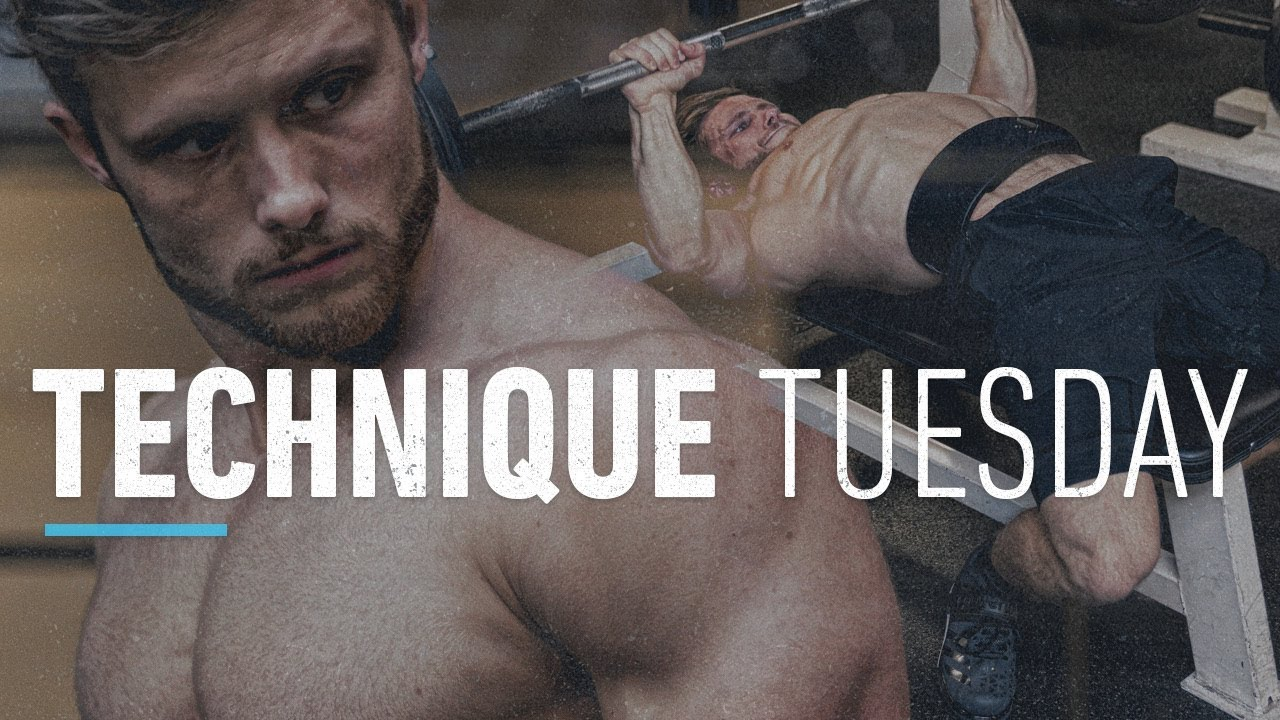After two decades immersed in the world of physique transformation, guiding countless individuals through the complexities of weight gain, loss, and competitive bodybuilding, one truth consistently resonates: technique is king. Yet, in an era increasingly dominated by data and scientific abstracts, the profound art of executing a lift often feels like a forgotten skill. We’ve become obsessed with the “what” – the rep schemes, the sets, the load – and sometimes overlook the crucial “how.”
My experience teaches me that true mastery in the gym is a dynamic blend of empirical evidence and the subtle, intuitive understanding of movement. It’s about knowing the science behind muscle activation and biomechanics, but also recognizing that every body is unique, demanding a personalized approach to technique. This isn’t about rigid dogma; it’s about optimizing every single repetition for maximum muscle stimulus, minimal injury risk, and sustainable progress.

The Unsung Hero: Why Execution Trumps Everything Else
For many, lifting is simply about moving a weight from point A to point B. But for those dedicated to building a resilient, powerful, and aesthetically impressive physique, technique transcends mere movement. It is the cornerstone upon which all progress is built.
Consider it this way: the most scientifically sound program, designed with optimal volume, frequency, and intensity, becomes largely ineffective if the exercises are performed haphazardly. Poor form doesn’t just reduce the stress on the target muscles; it often shifts that stress to vulnerable joints and connective tissues, leading to plateaus, frustration, and, inevitably, injury.
The “art” of technique involves developing a profound mind-muscle connection – feeling the intended muscle engage, contract, and stretch through the full range of motion. It’s about owning the weight, rather than letting the weight own you. The “science” provides the foundational principles: ideal joint angles, force vectors, and muscle activation patterns. When these two components merge, you unlock a synergistic effect that amplifies results. You aren’t just lifting a weight; you are strategically applying force to sculpt your body, one precise repetition at a time. This disciplined approach ensures that every ounce of effort translates into tangible gains, turning potential into reality.
Deconstructing the Drive: Conquering the Sticking Point
Every seasoned lifter knows the frustration of a sticking point – that moment in a lift where the weight feels heaviest, and progress grinds to a halt. In pressing movements, like the bench press, research consistently shows this point often occurs in the lower 20-40% of the range of motion, just a few inches off the chest. It’s where biomechanical leverage is at its worst, and where many lifts are either stalled or failed.
The common mistake is trying to grind through this sticking point with sheer brute force. While effort is vital, the key to conquering this phase lies in bar speed and accelerating with intent from the very beginning of the concentric (lifting) phase. Rather than slowly pressing the bar off your chest, imagine trying to explode it through the ceiling. This doesn’t mean sacrificing control, but rather applying maximal force from the start.
Why does this work? Our muscles generate force most effectively when moving with high intent. By accelerating hard out of the bottom, you build momentum that carries the bar through the weak point. It’s a neurological trick: your body recruits a greater number of motor units and fires them more rapidly in anticipation of overcoming a perceived challenge. This isn’t about throwing the weight; it’s about intending to throw the weight, channeling that raw power into a smooth, rapid acceleration. Training with this “accelerative intent” even on sub-maximal loads conditions your nervous system to be more efficient, ultimately bolstering your ability to punch through those sticking points on heavier attempts.

The Often-Overlooked Foundation: Wrist Integrity in Pressing
When discussing pressing movements, from the mighty bench press to overhead presses, one crucial, yet frequently overlooked, aspect of technique is wrist positioning. It might seem minor, but improper wrist alignment can be a significant bottleneck for both performance and long-term joint health.
From a side view, your wrists should be stacked directly beneath your knuckles, forming a straight line with your forearm. Imagine a strong, unyielding pillar. The common error is excessive wrist hyperextension, where your hand bends backward, allowing the bar to rest on the fleshy part of your palm closer to your fingers. This creates several problems:
- Force Leakage: A hyperextended wrist is akin to trying to push a car with a broken axle. Force isn’t transferred efficiently from your arms and chest through the bar. Instead, it dissipates, reducing your pressing power and leaving gains on the table.
- Injury Risk: Placing heavy loads directly onto hyperextended wrist joints puts immense stress on the delicate tendons and ligaments, significantly increasing the risk of sprains, inflammation, and chronic pain. This is particularly true over years of consistent training.
- Instability: A bent wrist creates an unstable base, making the bar feel heavier and harder to control, which can compromise overall lift safety.
To correct this, I often use a simple yet powerful cue: “punch the ceiling.” Before you even unrack the bar, visualize driving your knuckles straight towards the ceiling. This encourages a strong, neutral wrist position, ensuring the weight is distributed evenly across your palm and directly through your forearm bones. This small adjustment can dramatically improve your pressing power, enhance stability, and safeguard your wrists for years of productive training.

The Individual Equation: Technique as a Personalized Blueprint
In the pursuit of “perfect form,” many fall into the trap of believing there’s a single, universally correct way to perform every exercise. From my experience, this couldn’t be further from the truth. Optimal technique is highly individual, a personalized blueprint shaped by a fascinating interplay of factors.
Your unique anatomy plays a colossal role. Consider limb length – someone with long arms will naturally have a greater range of motion on a bench press compared to someone with shorter arms. Their grip width, elbow tuck, and bar path will necessarily differ to optimize their leverages. Joint structure, muscle origins, and insertions all contribute to how a movement feels and looks best for your body. What works flawlessly for a broad-shouldered powerlifter might feel awkward and inefficient for a narrow-framed bodybuilder.
Furthermore, your training goals should dictate your technical emphasis. A powerlifter chasing a one-rep max might prioritize minimizing range of motion through a maximal arch and specific bar path for lifting the most weight. A bodybuilder, conversely, might opt for a slightly fuller range of motion with a greater emphasis on time under tension and peak contraction to maximize muscle hypertrophy. A general fitness enthusiast might prioritize safety and joint longevity above all.
This isn’t an excuse for sloppy form; it’s a call for intelligent adaptation. The “art” of technique involves a continuous feedback loop: listening to your body, experimenting with subtle variations, and seeking guidance from experienced coaches who understand individual differences. Don’t force your body into a position that feels unnatural or causes pain just to conform to a theoretical ideal. Instead, let scientific principles guide your understanding, and then allow your body’s unique architecture and your specific objectives to fine-tune your personal “perfect” technique.
Bringing it All Together: The Artful Application of Science
Ultimately, successful and sustainable training is a dynamic process where scientific understanding meets practical, individualized application. It’s about moving beyond merely counting sets and reps and truly engaging with how you perform each exercise. By understanding and applying the principles of bar speed, prioritizing joint integrity through proper wrist alignment, and recognizing that optimal technique is a personal journey rather than a universal standard, you empower yourself to build a more effective, injury-resilient, and rewarding training regimen.
Embrace the blend of art and science. Feel the muscle, refine the movement, and watch as your physique responds to this holistic approach to strength. What small technical adjustment are you going to focus on in your next session?



